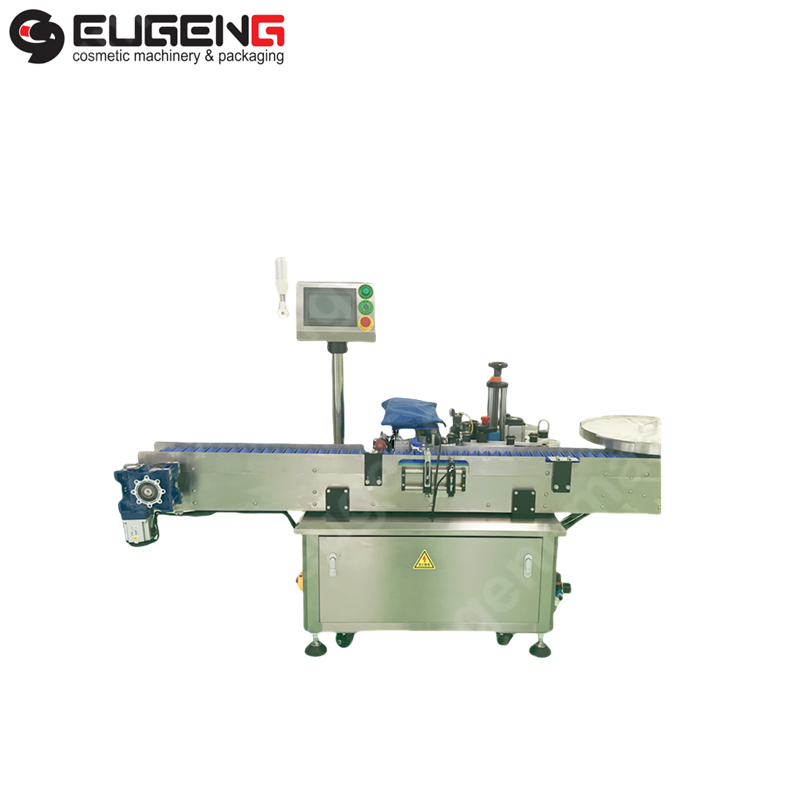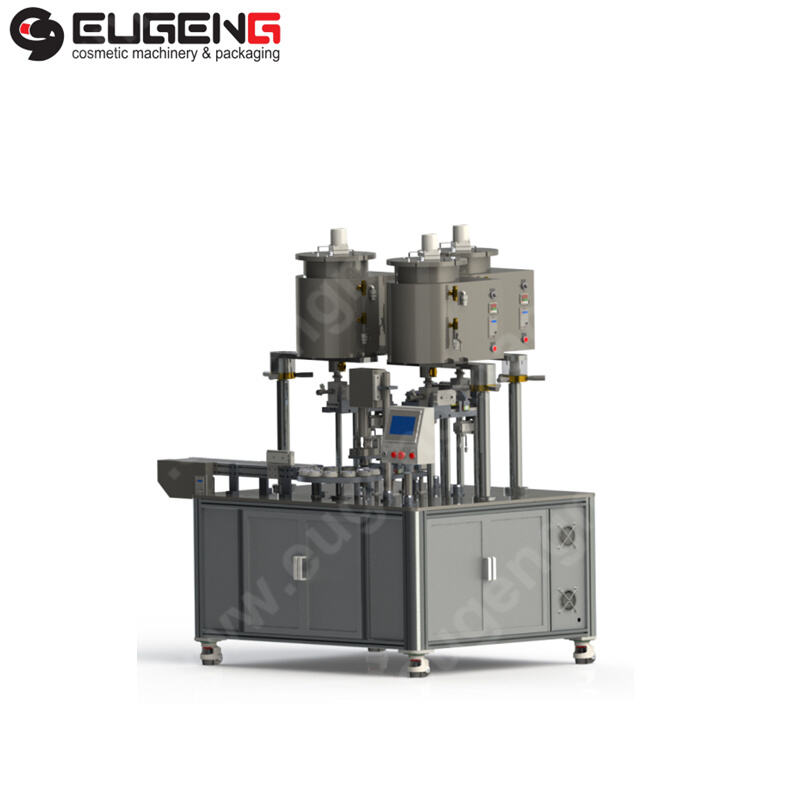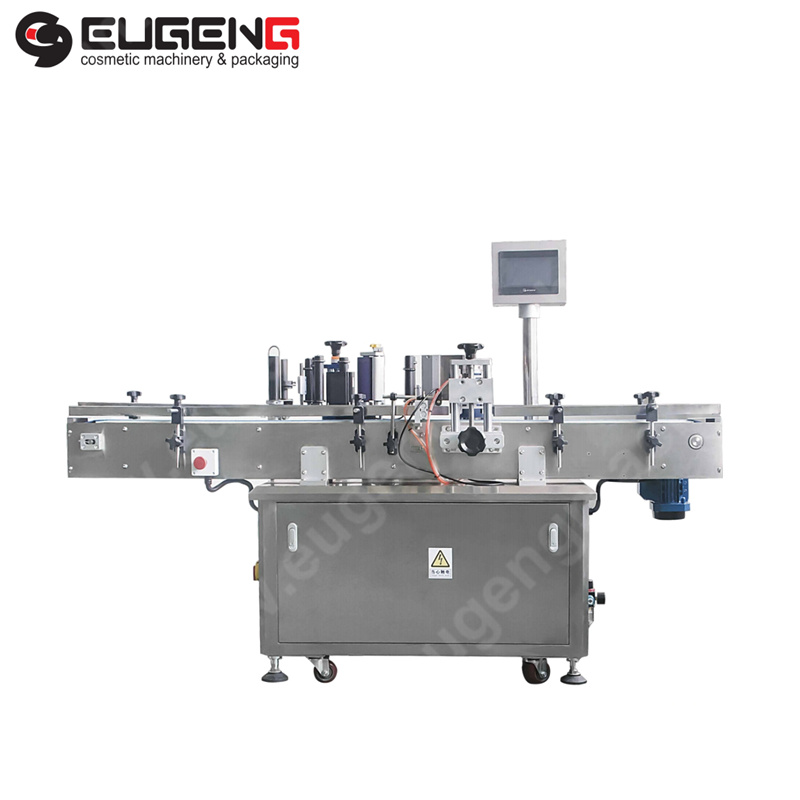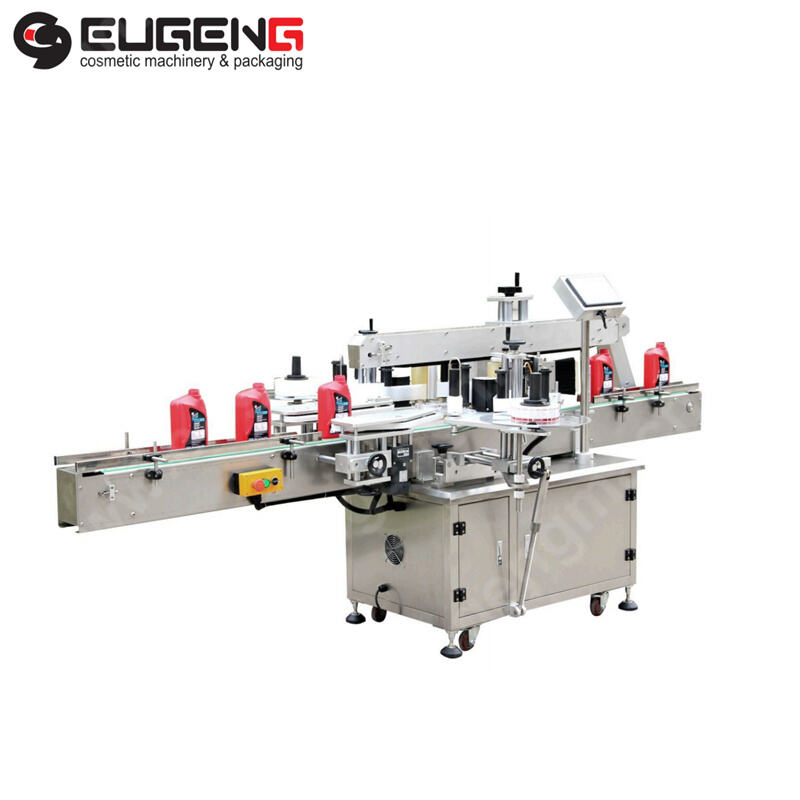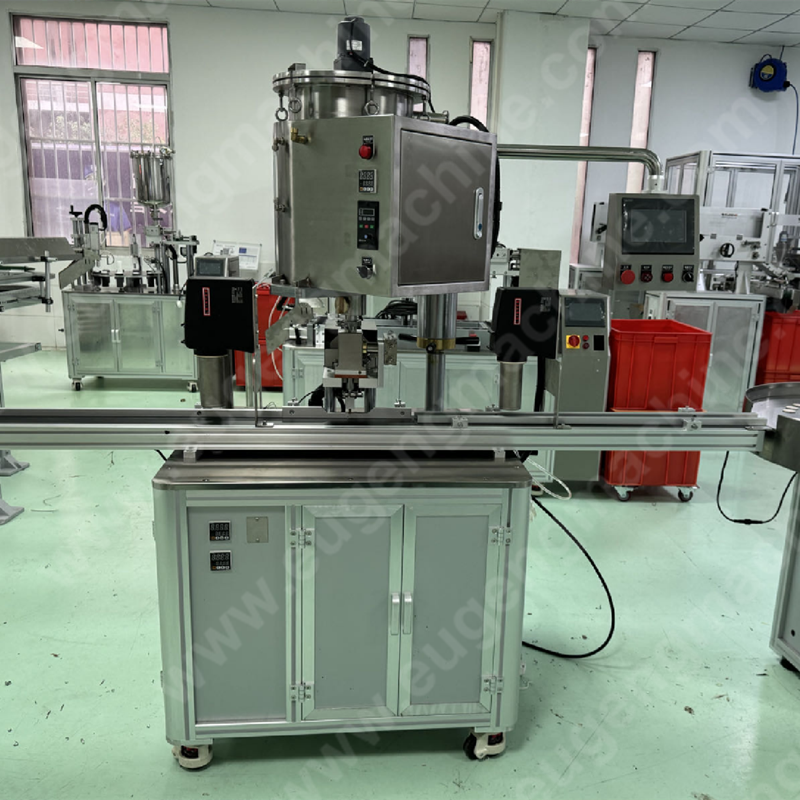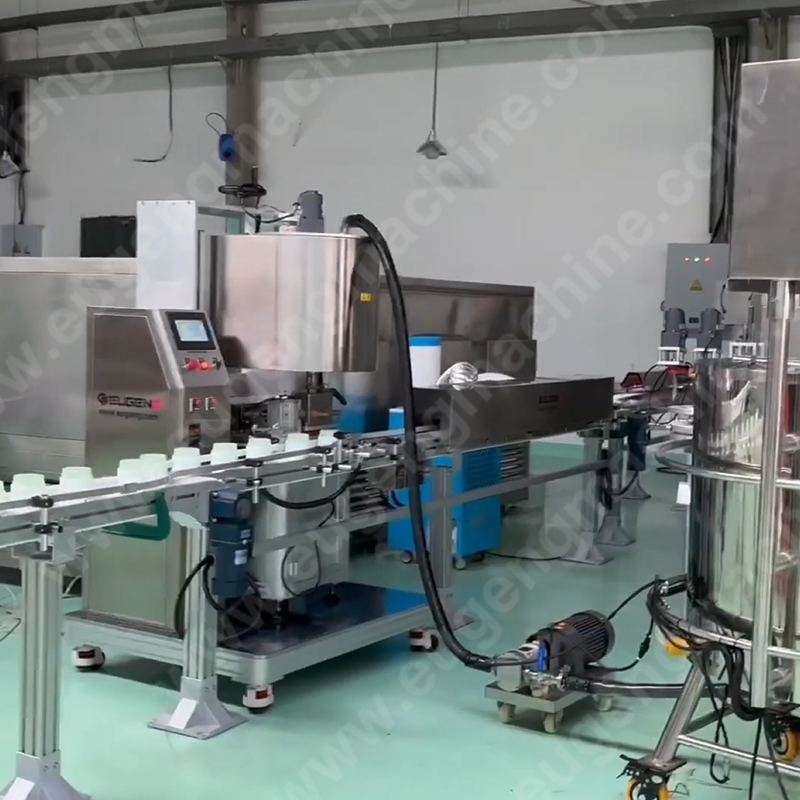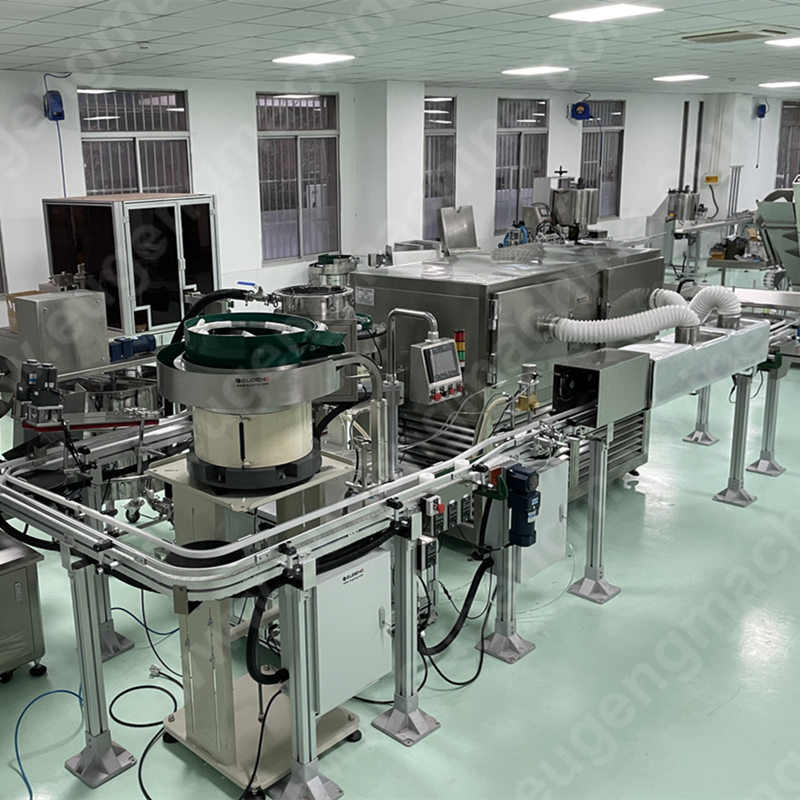How does the hot filling process maintain the quality of the filled products?
Quality and Production
In the food and beverage industry, product quality is the most important consideration. Heat sterilization is a packaging technique that has been widely adopted in order to keep food safe and improve its palatability. Through the cooperation of heat and vacuum packing, hot filling not only prolongs product shelf life and maintains taste quality, but it also preserves nutrients shortly after sealing. It is even safe for human consumption when done properly--a matter which this article will explore. This article describes the hot filling process and how it can keep products of an aseptic nature always at their best quality.
Process Overview
Hot filling is an aseptic packaging method that causes product to be filled into a container while the product and container are being heated simultaneously. The product fills the container after it is heated to a certain temperature, with the container closed on top. The entire procedure is carried out without raising temperature at all; instead, cooling takes place naturally. The high temperature during packing helps to sterilize the product and its container. The vacuum seal also prevents microbial contamination on both counts.
Sterilization by Heat
Heat is an important part of the hot filling process. If the temperature of the product is maintained or raised to between 85°C and 95°C (185°F and 203°F), this will kill off most harmful microorganisms in products such as bacteria and yeast. Without the need for any preservative, shelf life of a product can extend. However, the balance between heat treatment and preservation of product quality is quite fine. In some cases it is detrimental to excessive heat treatment, while at others insufficient heat may make sterilizing conditions impossible to achieve.
Vacuum Sealing for Preservation of Quality
Upon being packed into a container, the product is immediately sealed. Thanks to this seal it is now in a vacuum. This vacuum helps to keep the quality of products being taken care of by preventing both microbial growth and contamination challenges. The vacuum also retains the food's flavor and freshness by reducing its contact with oxygen, this agent of spoilage. Its efficacy is seen especially with foods that are high in acid, such as fruit juices or some types of sauce.
Temperature Control and Quality
Precision temperature control during the hot fill process is crucial. The objective is to ensure that the production is heated uniformly to achieve full sterilization with no side effects on quality. Another thing influenced by temperature is product viscosity and this, in turn, affects the accuracy of filling operations. In short, if the product temperature is too high it will splash food or give an incorrect fill level; if it is too low it may not achieve proper sealing. The cooling period after sealing is also vital, for it fixes the vacuum seal and lets product quality be maintained by allowing the food to freeze, solidify or otherwise set itself.
Product Type Considerations
The hot filling process is suitable for a variety of products, from high-acid foods to drinks. However, not all products are created equal; for example, those with lower acid content may need to be treated differently such as adding preservatives or raising the filling temperature to ensure safety and quality. Every product requires the hot fill process to be adjusted according to its own features.
Post-Fill Handling and Quality
Post-fill processing is paramount to maintaining product quality. It includes allowing the filled and sealed containers to cool slowly and evenly, which helps to fix the vacuum seal and keeps product from being broken or spoiled. Where and how products are stored or transported after being filled also have an effect on quality. Being subjected to extremes of temperature and rough treatment in transit can cause leaks, splits or loss of vacuum seal.
Advantages of Hot Filling on Quality Maintenance
Several benefits of hot filling for quality maintenance: It secures the natural flavors and colors of the product by reducing the need for chemical additives or preservatives. This way it is possible to hold onto the nutritional content of a product since in heat processing some vitamins are destroyed. Furthermore, hot filling brings consumer reassurance as the product is safe and fresh.
Challenges and Solutions in Hot Filling
Hot filling has a number of challenges and solutions of its own.
For example, heat-sensitive products like certain fruit purees or nutritional supplements may not be just textureless but their nutrients might also get lost in incorrect temperatures of filling. Executive commentary: The filler temperature should be controlled accurately in order that it is in the state stipulated for filling during the period of filling for after-treatment," says Junko Muraoka (soon to be retired) of Sanwa Kasei. "Because all inequitable trends must be paid attention to." Manufacturers need to control the filler temperature carefully and consider aftertreatments or alternative packing methods to deal with these problems.
Future Trends in Hot Filling Technology
The improvement of technology means hot filling processes become more efficient and healthier. New equipment is being developed that offers better tempreature control, more precise sterilization. Hot filling will integrate with Industry 4.0 technology like real-time monitoring or data analysis. Just imagine how close to total control these additional tools could bring!Predicting maintenance to avoid production stoppages and quality assurance on every operated article are new goals for us in the field of hot filling.
Conclusion
Hot filling provides a veritable illuminated crystallition point of innovation in the quality of food and drink. This method that heats and vacuums hand in hand can guarantee taste as savory-fresh five days later as it was when it left the plant. The state of play in hot filling is like that of other domestic industries - bright!New technologies and techniques are making for more control over quality and greater safety in hot filling.

 EN
EN
 AR
AR BG
BG HR
HR CS
CS DA
DA NL
NL FI
FI FR
FR DE
DE EL
EL HI
HI IT
IT JA
JA KO
KO NO
NO PL
PL PT
PT RO
RO RU
RU ES
ES SV
SV TL
TL IW
IW ID
ID LV
LV LT
LT SR
SR UK
UK VI
VI HU
HU TH
TH TR
TR FA
FA MS
MS UR
UR BN
BN LO
LO LA
LA PA
PA